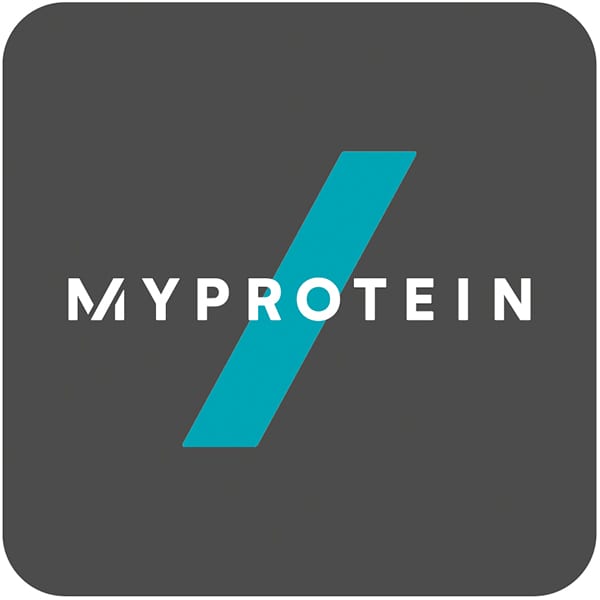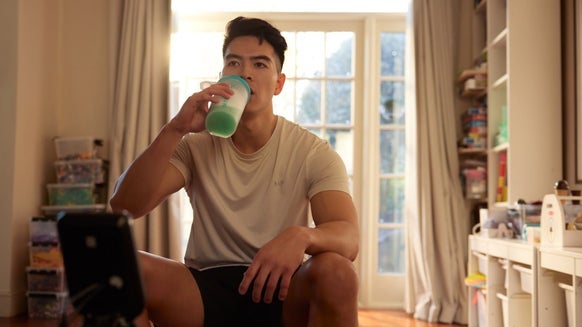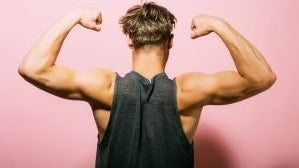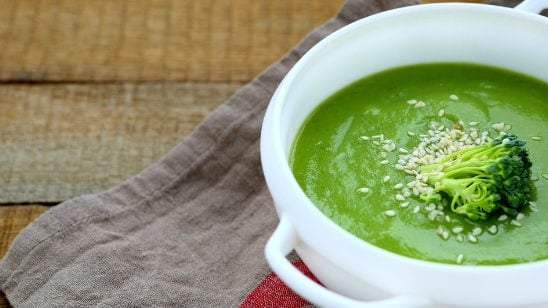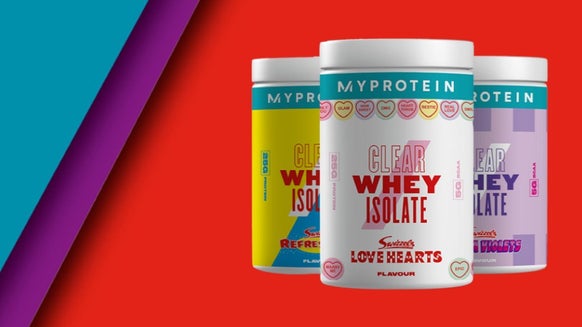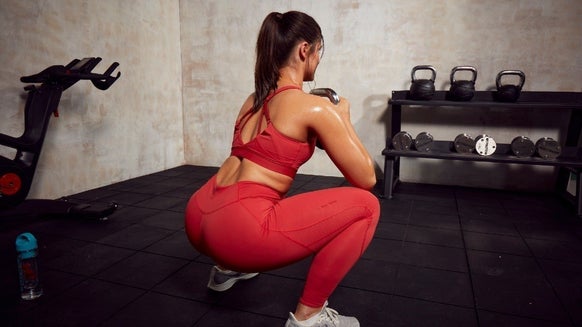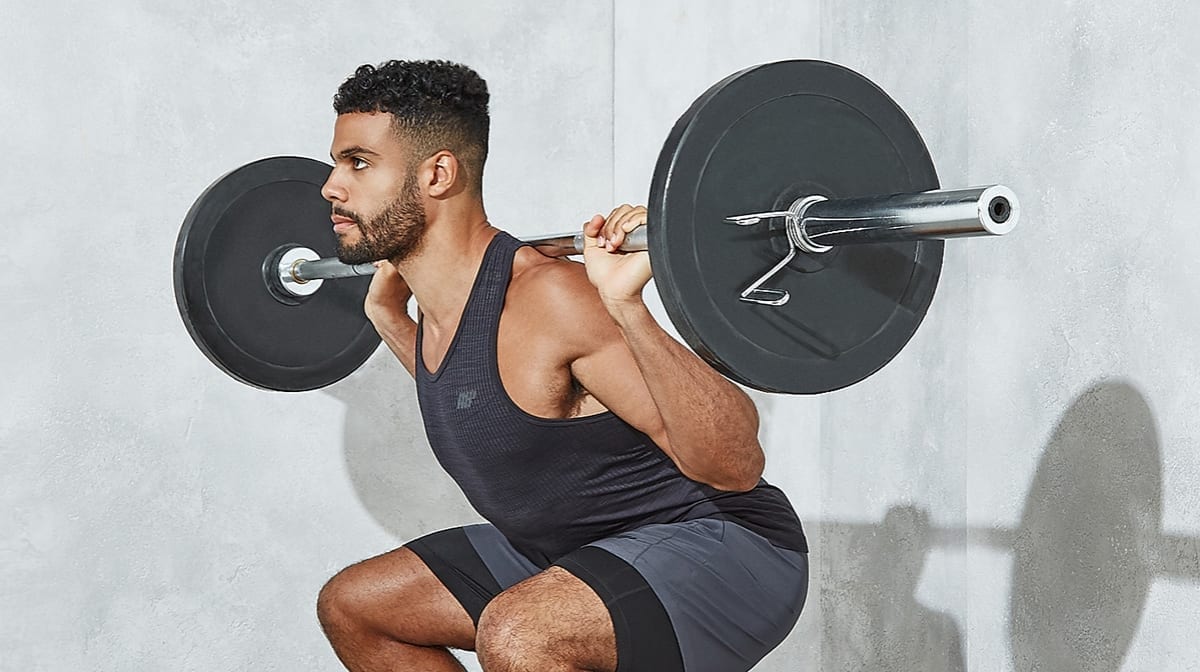
The quadriceps are a group of muscles that make up the overall mass of the thigh. It is often that you will hear that a great pair of legs in bodybuilding requires optimal development in the ‘tear drop’ muscle – the Vastus Medialis, and the ‘outer sweep’ the Vastus Lateralis.
If one is lacking in either area, it is very common that athletes will change their stance-width on exercises such as the squat and the leg press, with the belief that they are targeting specific muscles of the Quadriceps, in order to target their weaknesses.
In order to understand why this is anatomically not possible, we must look at the origin and insertion points of the quadriceps muscle.
The Anatomy of the Quadriceps
The quadriceps are made up of
- Vastus lateralis
- Vastus medialis
- Rectus femoris
- Vastus intermedius
Out of the 4 muscles, 3 originate in the femur bone of the thigh (vastus lateralis, vastus medialis & vastus intermedius), and all insert into the common quadriceps tendon. They have no connection with the hip joint, and only work at one joint – the knee, performing knee extension – they are monoarticular.
The rectus femoris is the only muscle of the quadriceps that is biarticular, i.e. working at 2 joints, the knee and hip. It does this by connecting into the hip to assist with hip flexion.
Debunking the Myths
Firstly, we must understand the movement that is involved with this...
Widening of the stance on a leg press or squat involves a movement known as hip abduction - this movement will have no effect on the muscles of the quadriceps, as they are not connected to the hip joint, thus meaning that the muscles will contract at the same manner despite what stance width is used.
"The rotation of the hip joint when performing exercises such as leg extension, will target different muscles of the quadriceps."
This movement involves either internal rotation of the hip joint (toes facing inwards) or external rotation of the hip joint (toes facing outwards).
Again - this movement does not involve the quadriceps muscles, as they again do not have any connection to the hip joint, therefore will not affect the contraction of the quadriceps.
If you're performing either of these exercises for the supposed effect that they have on your quads - it may be time to mix up your training to reap the full benefits of correct training and form for bigger quads...
Proper Form For Bigger Quads
A few of the most common, yet most effective exercises to grow your quadriceps muscles, consist of:
? Squat
? Leg Press
? Deadlift
Although these exercises are extremely beneficial, it is common for people to perform them using bad form - sometimes merely to increase the weight and amount of reps to boost the ego.
However obvious it may seem, it is important to perform using proper form and grow accustomed to adding weight - this will avoid unnecessary injuries that may stop you from visiting the gym for quite a while.
Taking a squat for example - it is crucial that you go to correct depth with your hip joint aligned with your knee joint. It is more than likely you will feel a stretch-reflex occur when correct depth has been achieved, this can be viewed as a 'signal' to start moving back up.
A correct depth is also a safe depth, at which the concentric phase of the movement does not place a serious amount of stress on the Patella tendon.
External rotation of the knee joint, coupled with an almost-vertical shin bone will allow for the most torque to be produced by the glutes and hamstrings, thus allowing for a more powerful squat.
Further tips for a powerful squat...
This is greatly dependent on mobility levels and bone structure. An ideal stance width may be at shoulder-width apart, with the toes pointed slightly out.
If you spend most of your day sitting, it is more than likely that several of your hip muscles are tight, and you do not have sufficient mobility to squat or leg press correctly.
Sufficient mobility can be achieved through persistent stretching and foam rolling of tight muscles - concentrate on curing your muscle tightness and imbalances.
The last factor to consider when squatting and leg pressing is to keep a neutral spine.
A neutral spine means alignment throughout your spine: the cervical, thoracic and lumbar portions of the vertebrae must maintain a straight line throughout.
Take Home Message
Remember, it is incredibly important that you perform every exercise as safely as possible, maintaining correct form throughout.
Not only is correct form crucial for avoiding injury, it also allows you to generate the most strength; leading to more muscle gains.
